Intermediates
Gallantry and accessories
Blog Piekiełka
Maori tattoo in the form of a biographical note
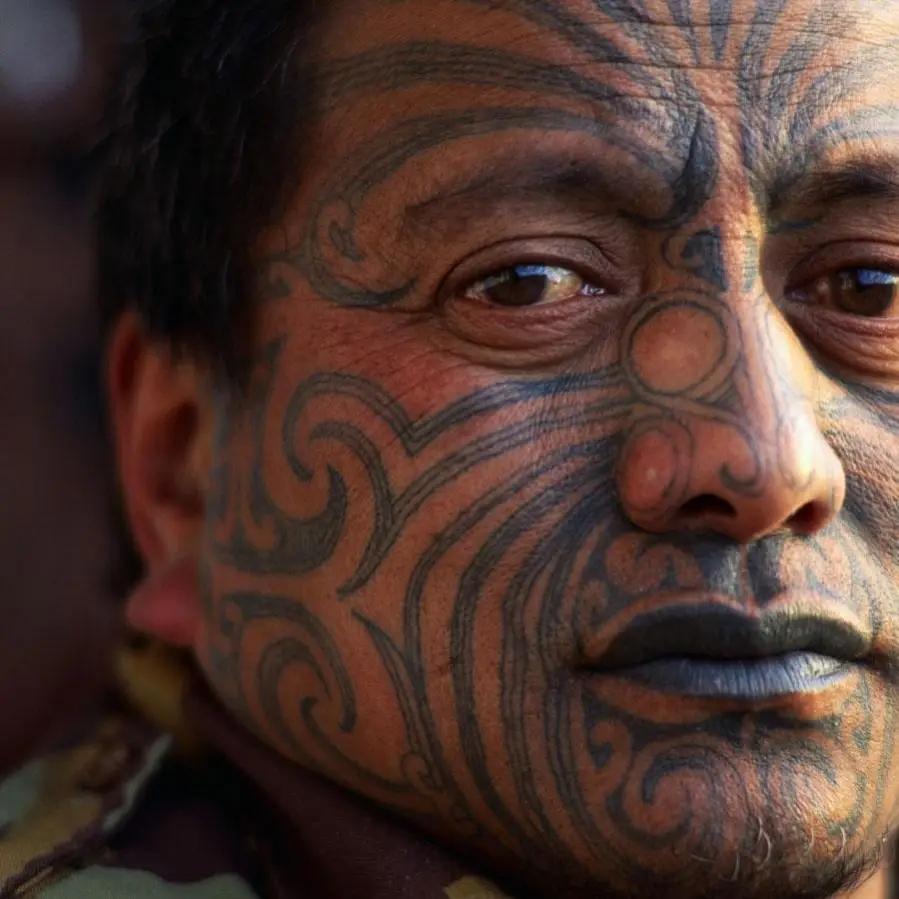
New Zealand, thanks to Peter Jackson, is associated with "The Lord of the Rings" and green hills from which you can't take your eyes off. And thanks to the Maori people it is associated with tattoos, which are very popular around the world today. This moko - a traditional "painting" decorating the face is more than just an ornament. It is a sign of tribal identification and a short story about oneself.
European fascination with foreignness
Moko are tribal tattoos, finely twisted lines that once tightly covered the faces of Maori men. Even the first Europeans could not pass by these peculiar ornaments indifferently. The faces of the natives, somewhat resembling the facades of demonic gods, frightened them, but fascinated them at the same time. Hence, probably, in the black pages of colonizing history Maori crafted and tattooed heads went down as peculiar trophies. Whites went crazy about them in the 1920s - they eagerly packed them in their suitcases, making them a souvenir of their exotic journey.
Today, Maori tattoos still attract attention, although the enchantment has managed to take a more sublime form. New Zealand's traditional ornaments are considered an extremely impressive way of permanently decorating the body. Tattoo artists in salons around the world perform thousands of tattoos based on the motifs of these tribal designs.
This moko and traditional tattooing techniques
Tattooing needles and inks did not come to New Zealand until after 1930. The tool with which a Maori tattoo is made in the traditional manner is the uhi - a chisel usually made of albatross bone. These are ideal for the task because of their porous structure. It absorbs dye well, allowing the artist to run long lines freely. The paints were obtained from natural ingredients. Most were made from wood ash mixed with oils or animal fat. Each of the tattooing techniques used combined the application of pigment with scarification, or the carving of deep furrows in the face. Maori tattooing thus never represented a smooth surface.
Face in papillary lines
Once upon a time in New Zealand, each composition applied to the face was a completely unique work of art. A tattoo was not chosen according to taste from available catalogs. It was not a mass production, but rather a biographical note capable of telling a lot about the person wearing it. Name, profession, origin, social position and information about spiritual strength were just some of the messages that could be read from this open book. In addition, the moko had to interact with the features so skillfully that it inspired fear in opponents on the battlefield and at the same time desire in women. Creation here, therefore, could not do without a preliminary anatomical study of the face.
From ancient legends
The art of tattooing the Maori body was taught by Chief Mataora, who himself acquired the skill in the depths of the underworld. The New Zealand story is somewhat reminiscent of the fate of Orpheus and Eurydice, although it bears a slightly more brutal opening. Mataora's beloved wife was Niwareka - the idyllic life of the two was brought to an end by the young husband's unbridled impulsiveness. In a fit of anger he struck Niwareka, the latter in response fled to the underground kingdom of her father - Uetong. The chief did not hesitate for long, chased away all fears and set out to find his beloved. There, in a world where today none of the living are allowed to enter, his father-in-law showed Matora how to make moko - facial ornaments previously known only to the gods. So to earth the ruler brought Niwareka, death and Maori tattoos.
Ethnic Jewelry
-
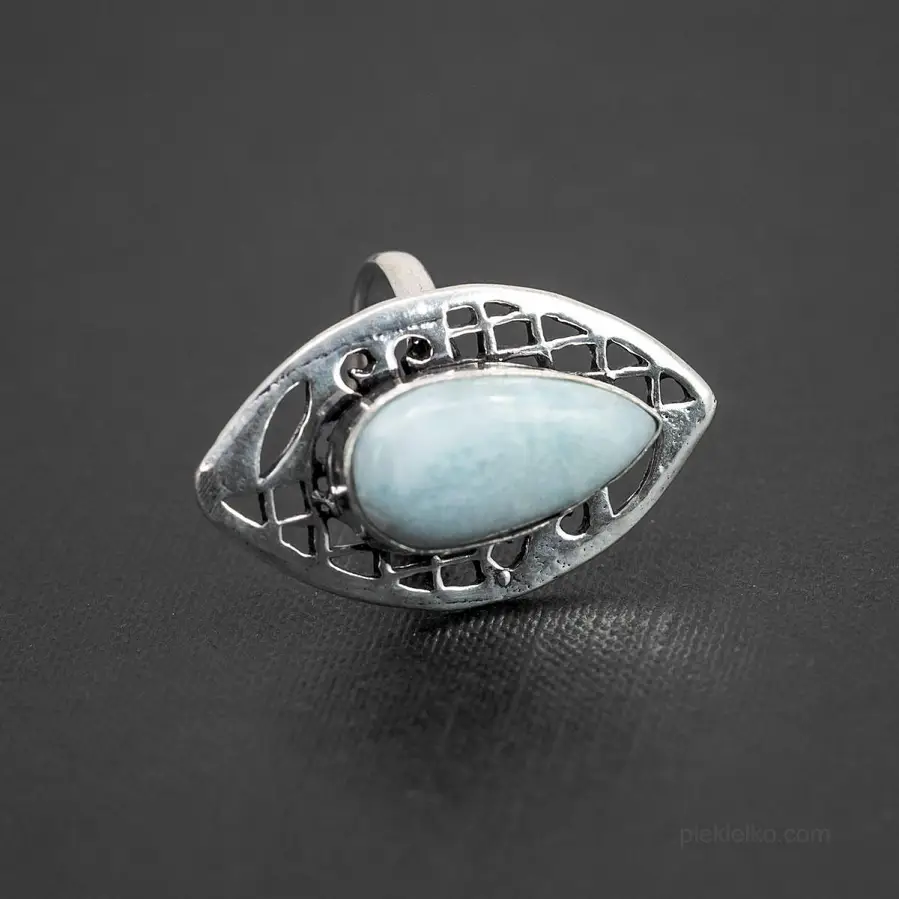
Larimar ring
195,00185,25 -
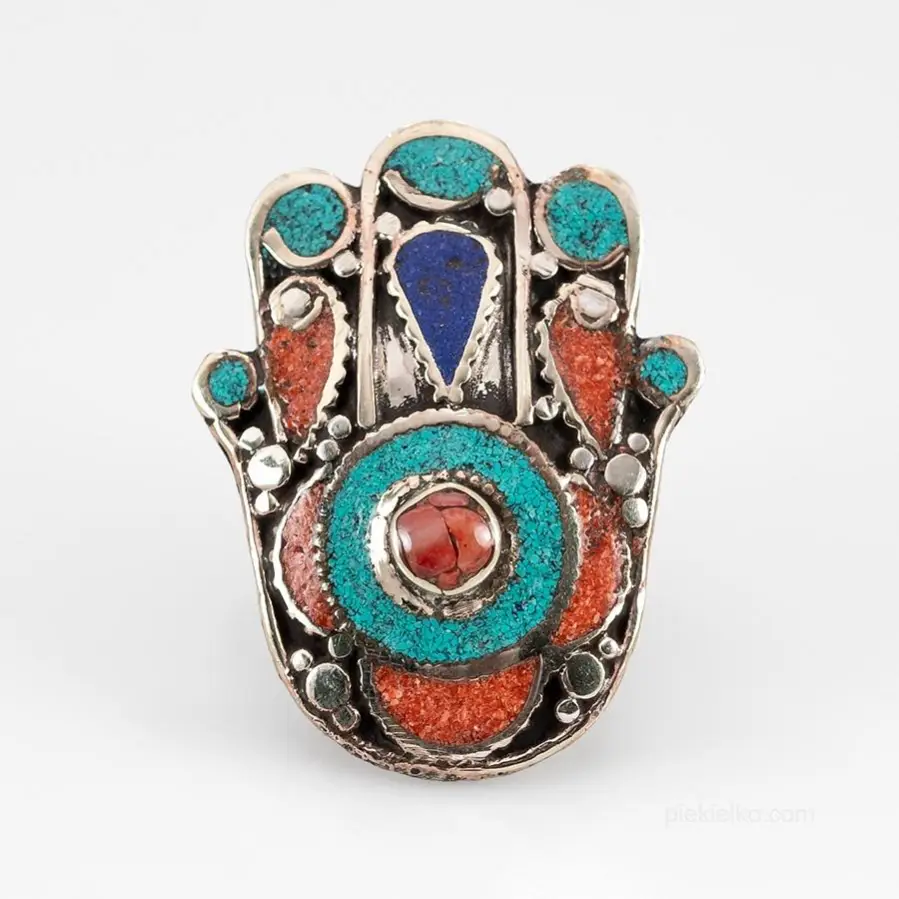
Hamsa ring
133,00126,35 -
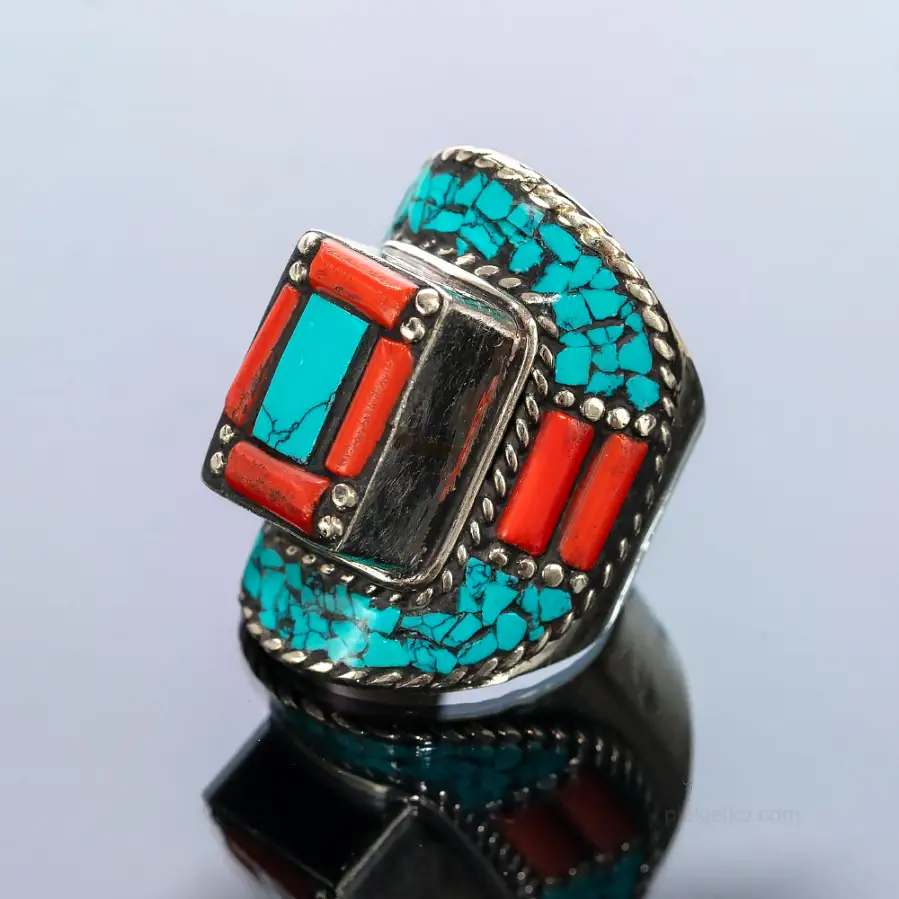
Nepalese ring with turquoise and coral
290,00275,50 -
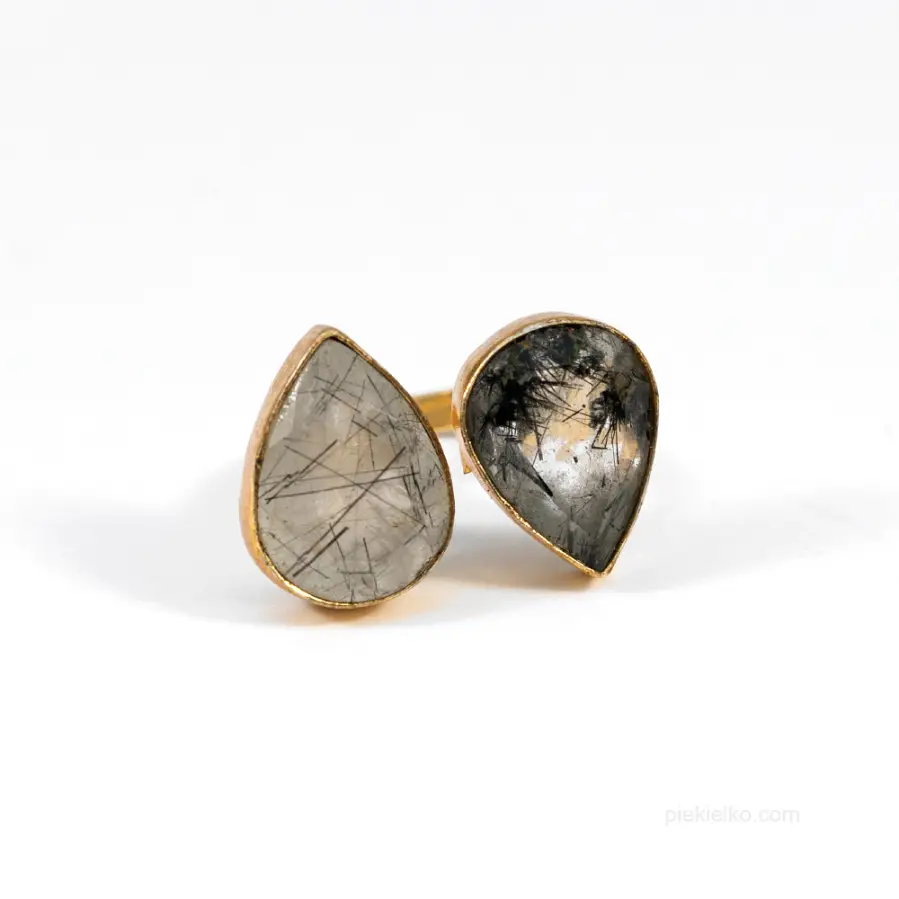
Rutile Shine, a unique ring for the brave
220,00209,00 -
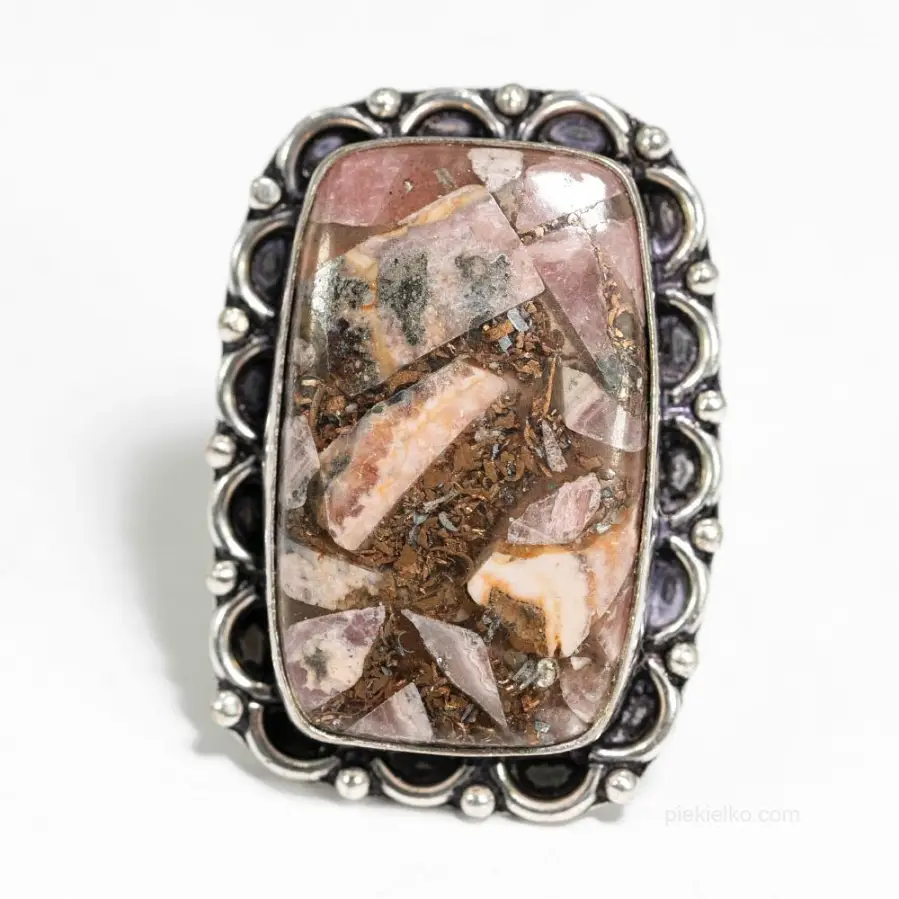
Rhodochrosite ring
129,0073,53 -

Blue Elegance - Natural Tanzanite
425,00383,56 -
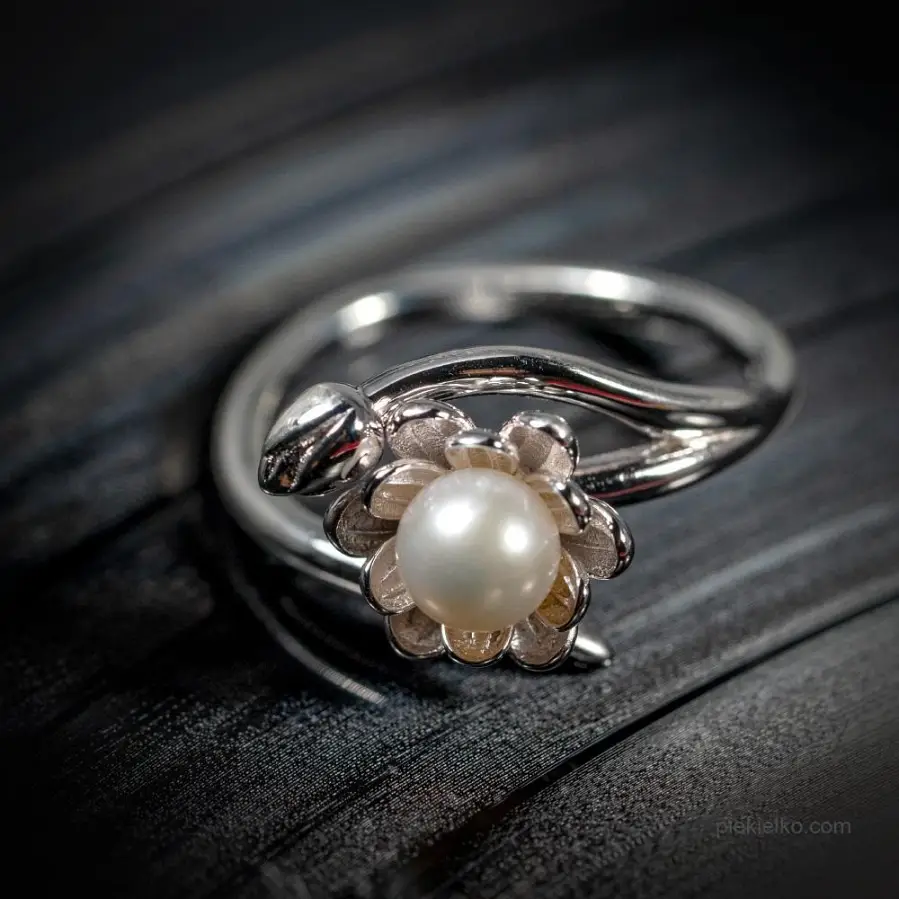
Silver ring with a pearl
391,00352,88 -
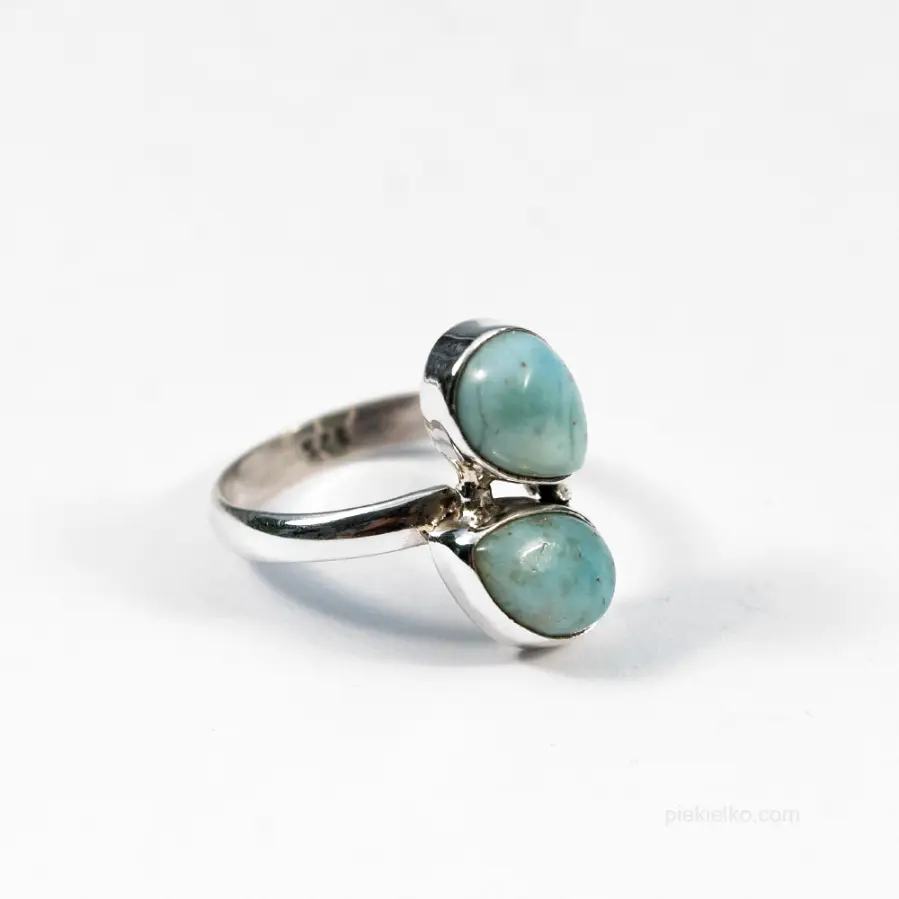
Caribbean larimar ring
339,00305,95 -
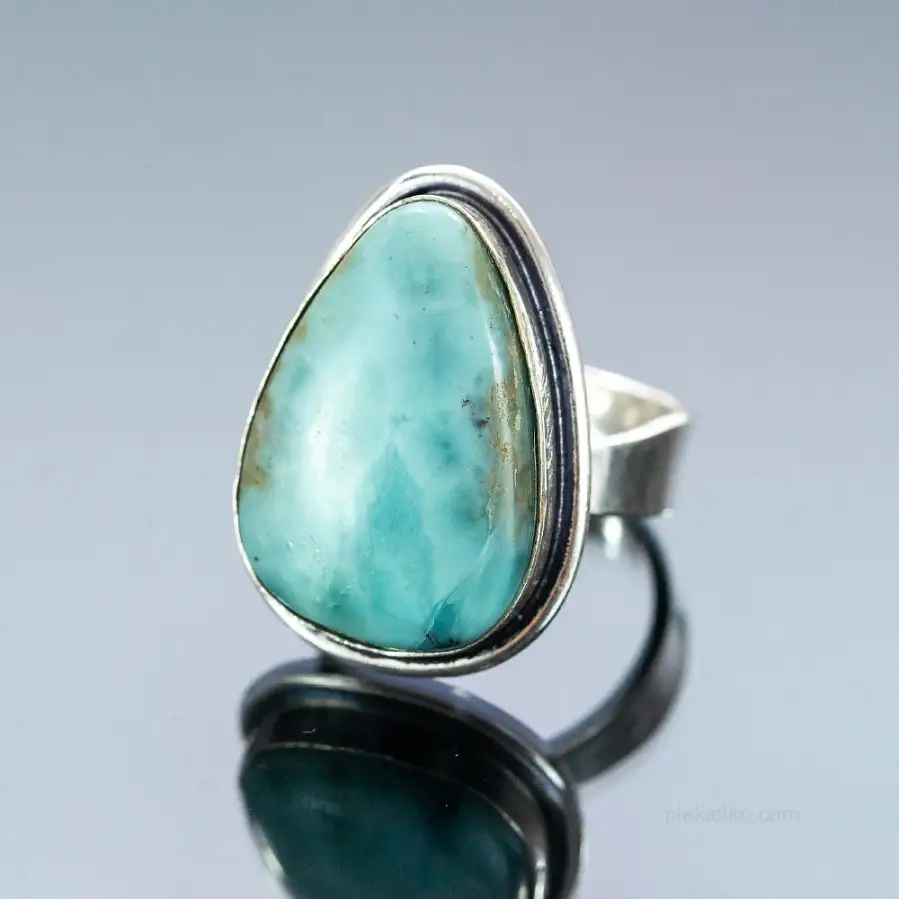
A ring that will brighten your day!
260,00247,00 -

Natural fiery gray labradorite
265,00251,75 -
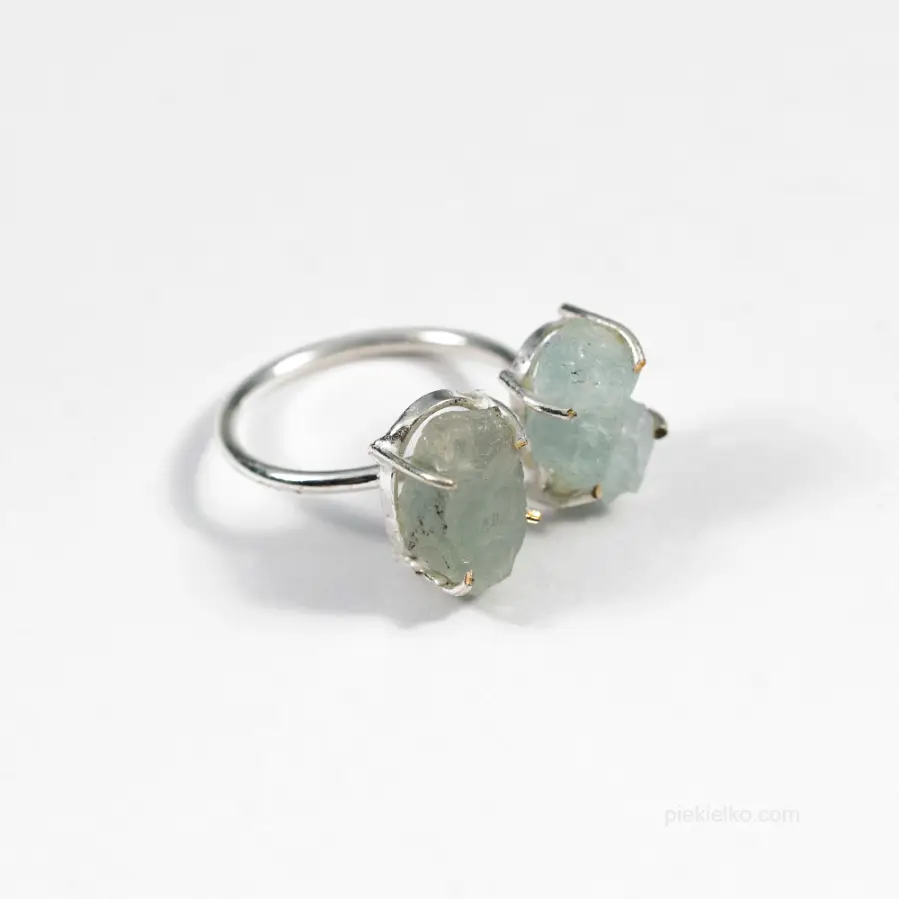
A tiny ring with aquamarine
159,0090,63 -
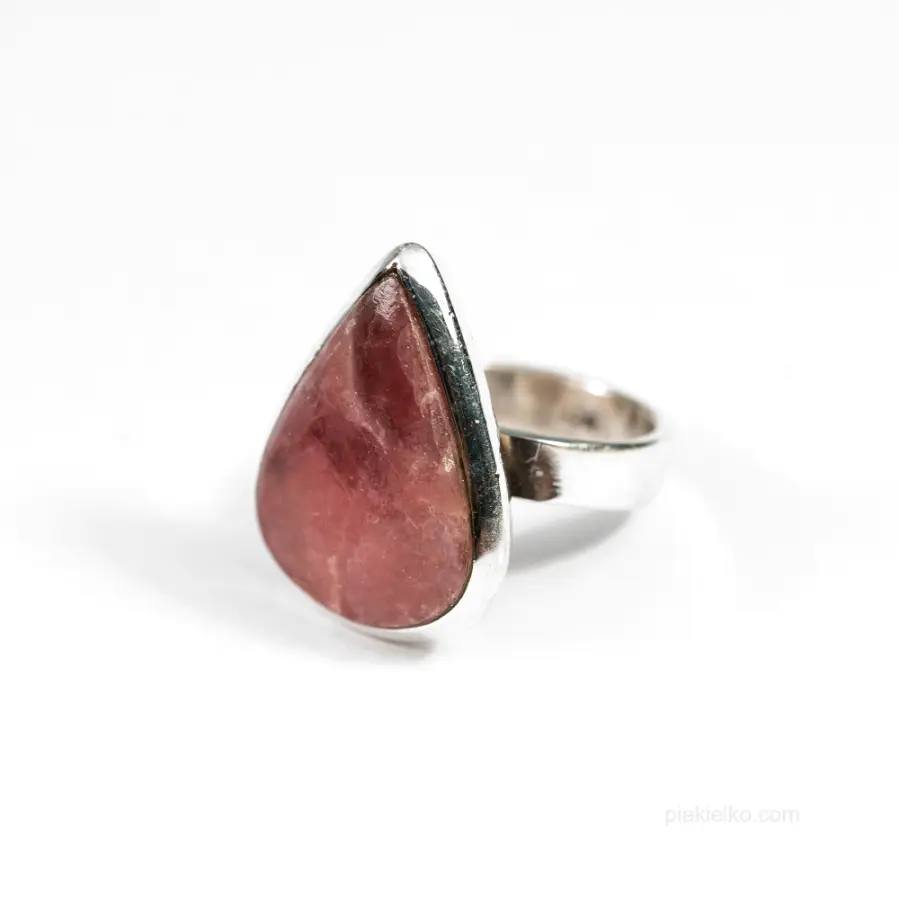
Silver ring with rhodochrosite
389,00351,07 -
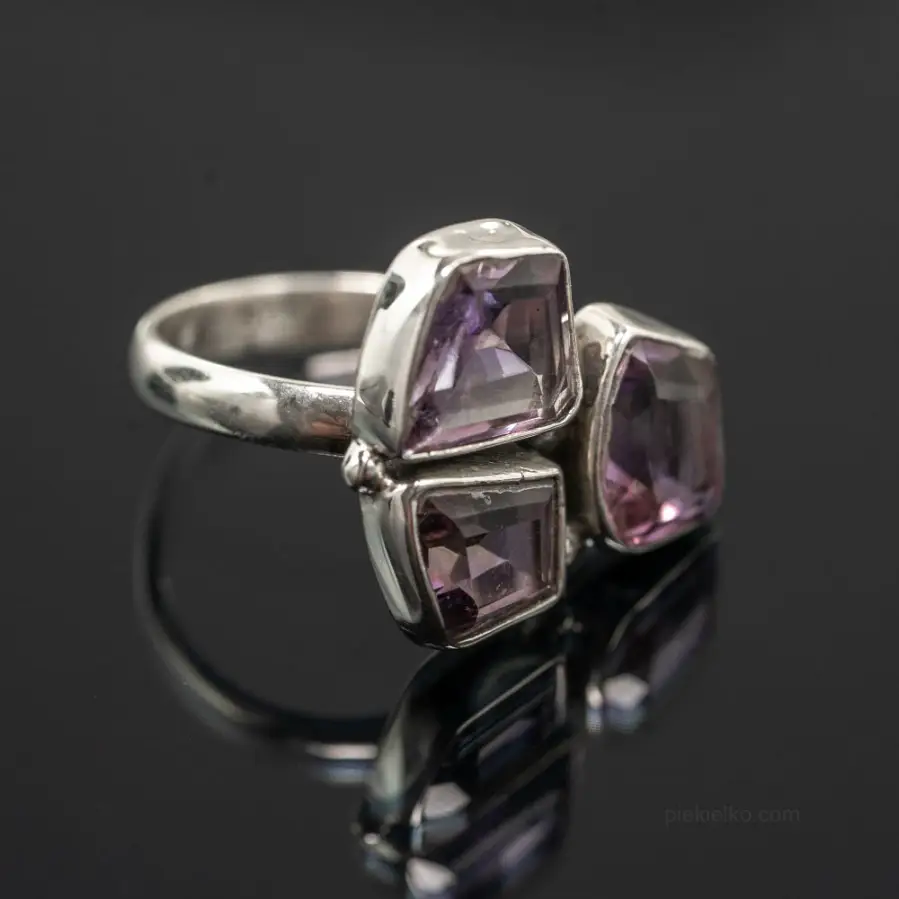
Silver Ring with Amethyst - The Power of Natural Stones
320,00288,80 -
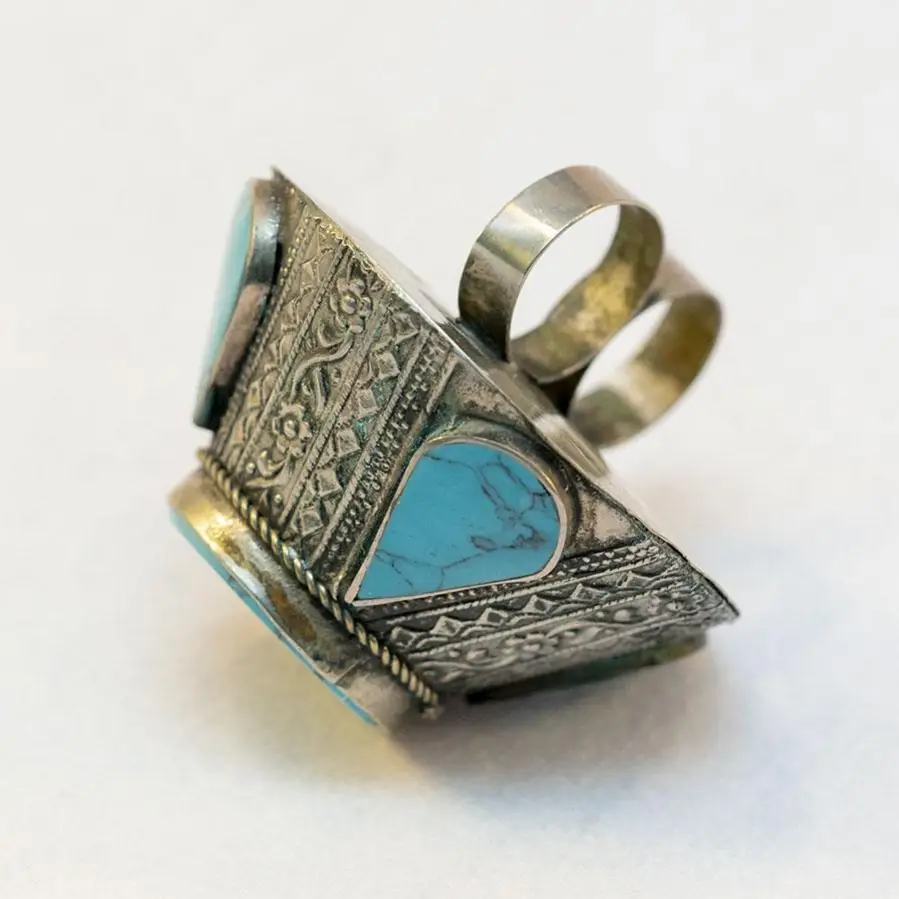
Afghan ring for 2 fingers
315,00299,25 -
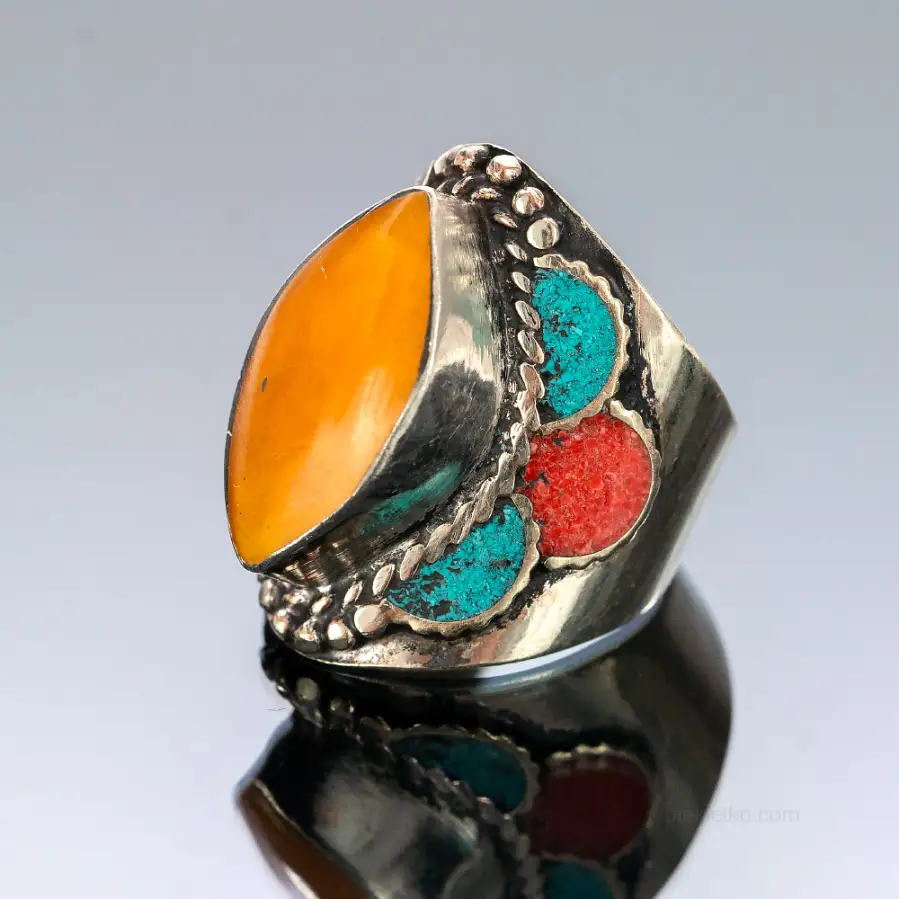
Nepalese signet ring with amber and colors
250,00237,50 -
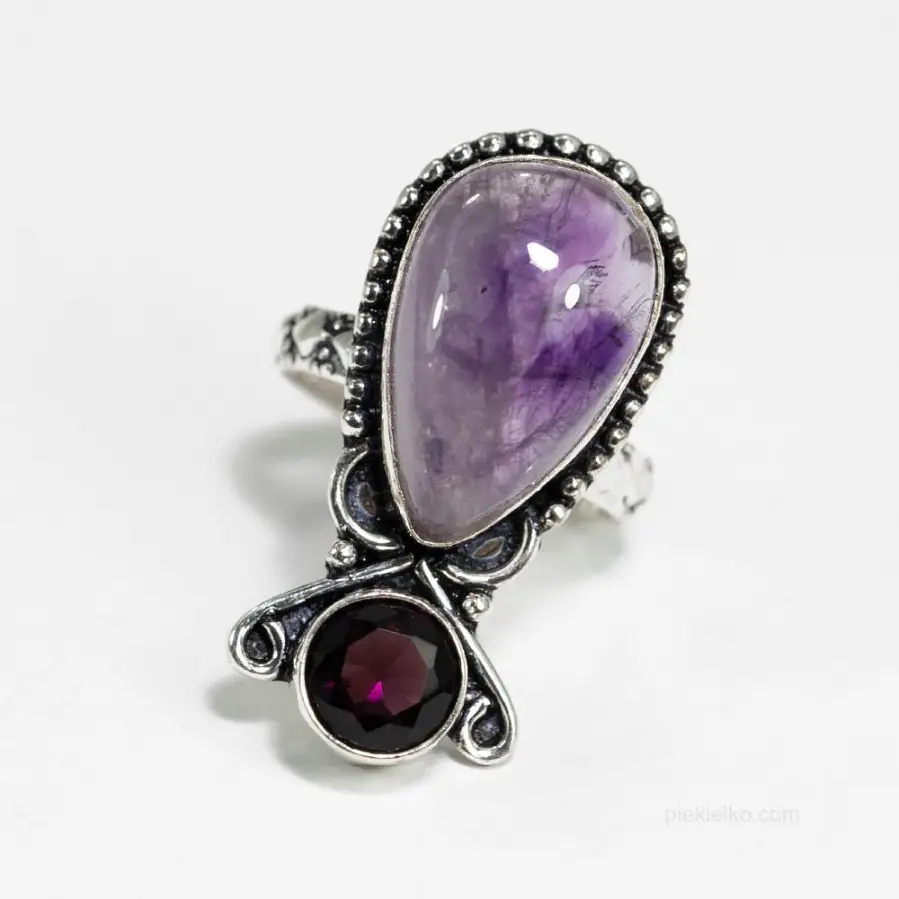
Amethyst gemstone handmade ring
199,00189,05 -
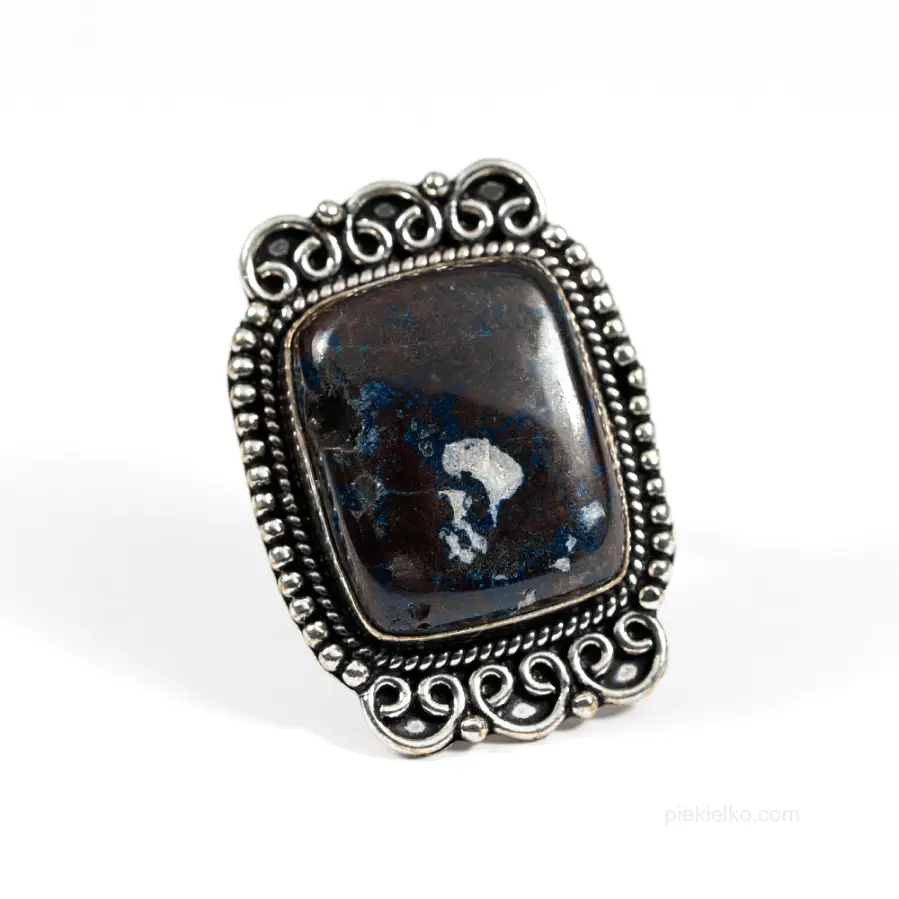
Large ring with pietersite
200,00114,00 -
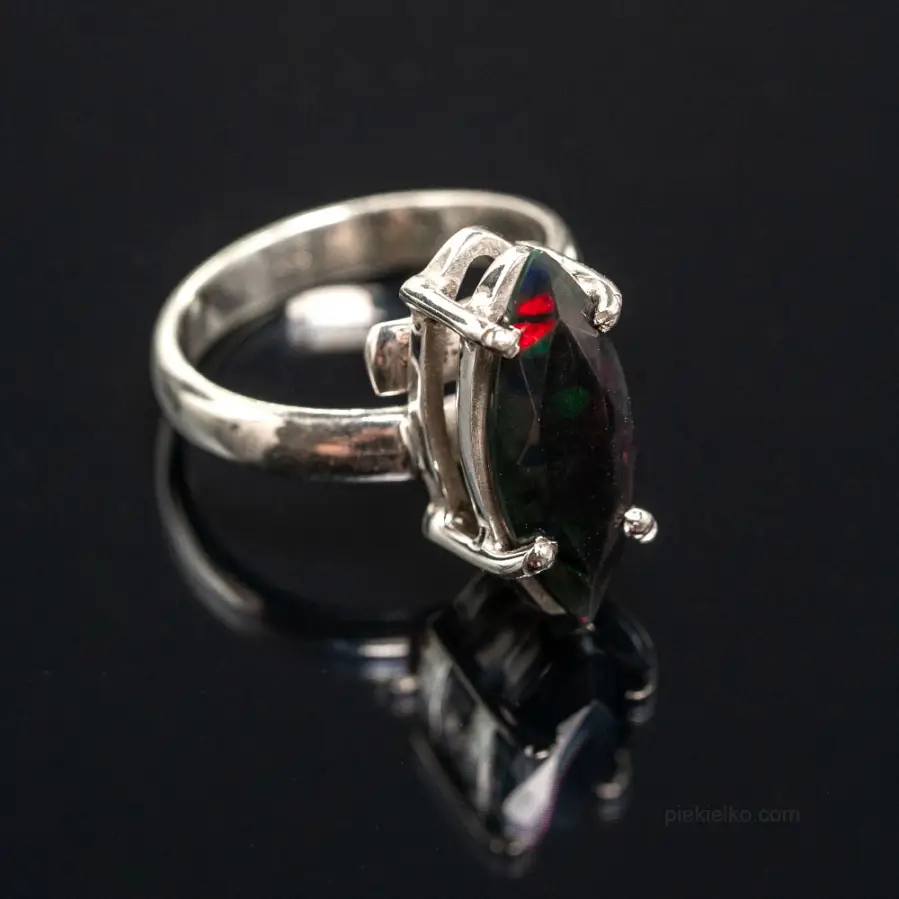
Ring with black opal
500,00451,25 -
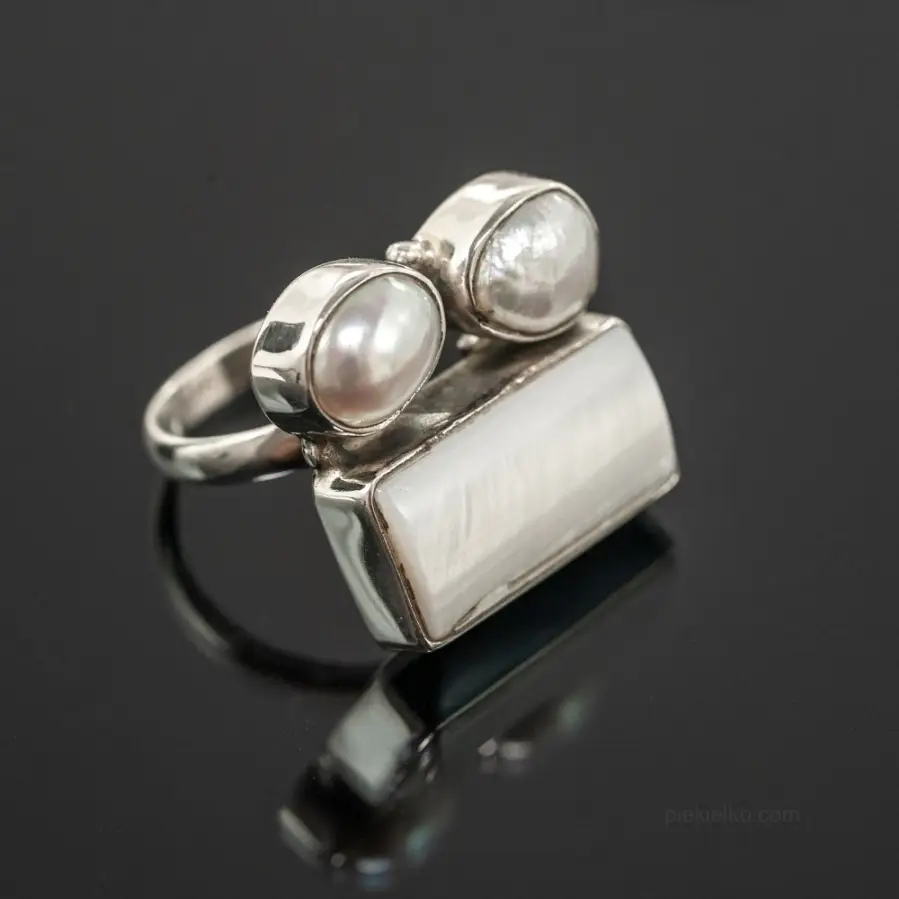
The silvery shine and delicacy of pearls in the ring
320,00288,80 -

Ring with black opal
500,00451,25



© Piekielko.com

